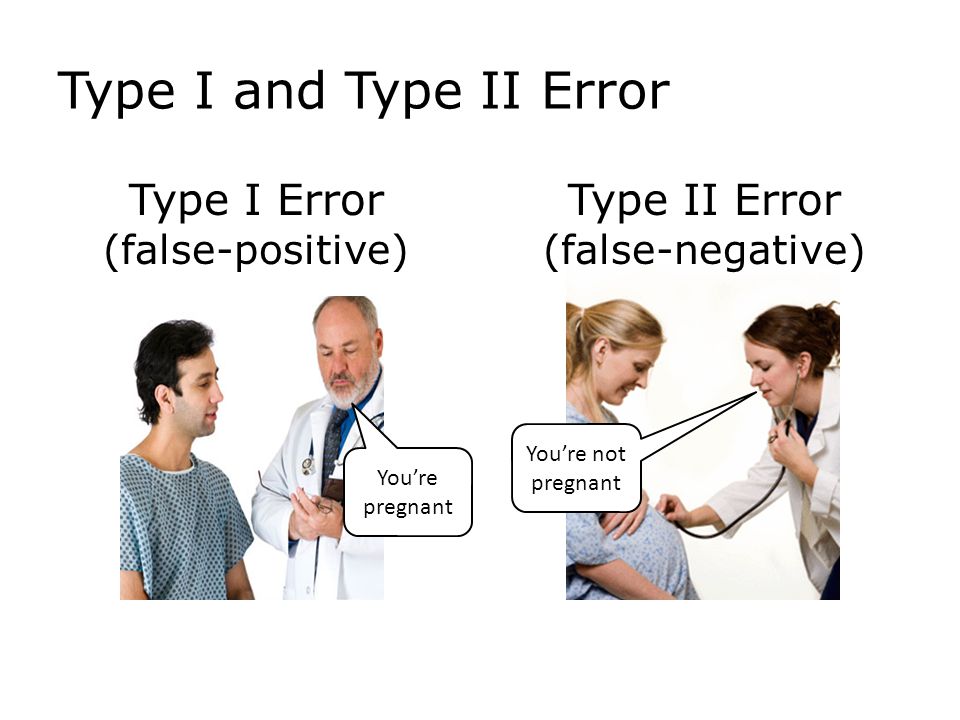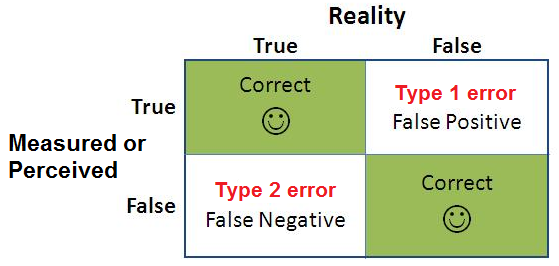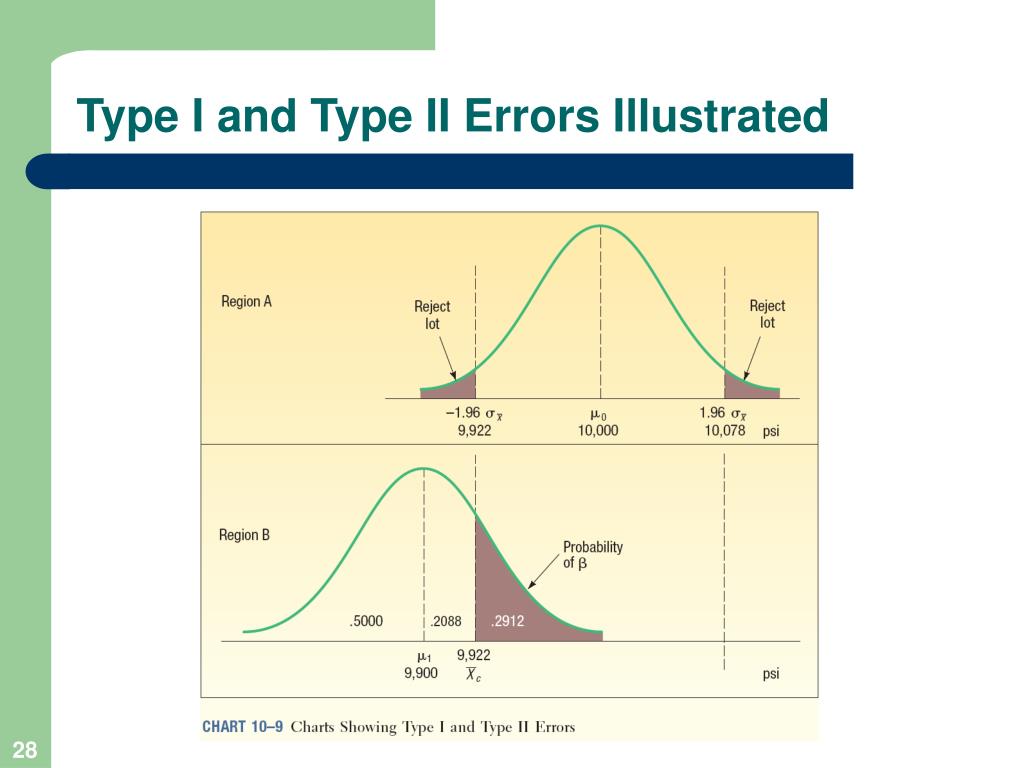
That is, the researcher concludes that the medications are the same when, in fact, they are different. However, if a type II error occurs, the researcher fails to reject the null hypothesis when it should be rejected. If the medications have the same effectiveness, the researcher may not consider this error too severe because the patients still benefit from the same level of effectiveness regardless of which medicine they take. The two medications are not equally effective.Ī type I error occurs if the researcher rejects the null hypothesis and concludes that the two medications are different when, in fact, they are not.

The two medications are equally effective. This value is the power of the test.Ī medical researcher wants to compare the effectiveness of two medications. The probability of rejecting the null hypothesis when it is false is equal to 1–β. You can do this by ensuring your sample size is large enough to detect a practical difference when one truly exists. You can decrease your risk of committing a type II error by ensuring your test has enough power. The probability of making a type II error is β, which depends on the power of the test. Type II error When the null hypothesis is false and you fail to reject it, you make a type II error. However, using a lower value for alpha means that you will be less likely to detect a true difference if one really exists. To lower this risk, you must use a lower value for α. An α of 0.05 indicates that you are willing to accept a 5% chance that you are wrong when you reject the null hypothesis. The probability of making a type I error is α, which is the level of significance you set for your hypothesis test. Type I error When the null hypothesis is true and you reject it, you make a type I error.

Therefore, you should determine which error has more severe consequences for your situation before you define their risks. The risks of these two errors are inversely related and determined by the level of significance and the power for the test.

When you do a hypothesis test, two types of errors are possible: type I and type II.

Because the test is based on probabilities, there is always a chance of making an incorrect conclusion.


 0 kommentar(er)
0 kommentar(er)
